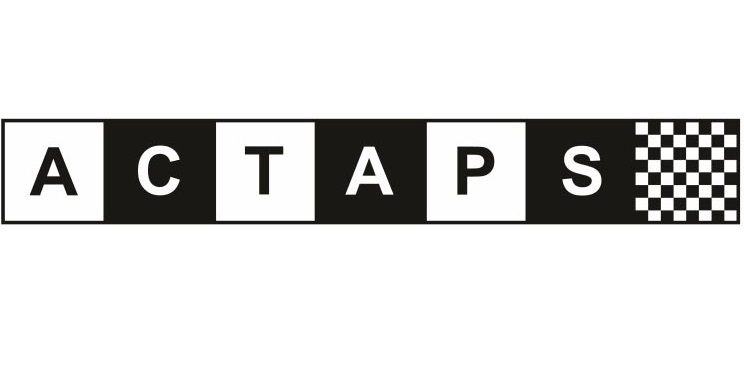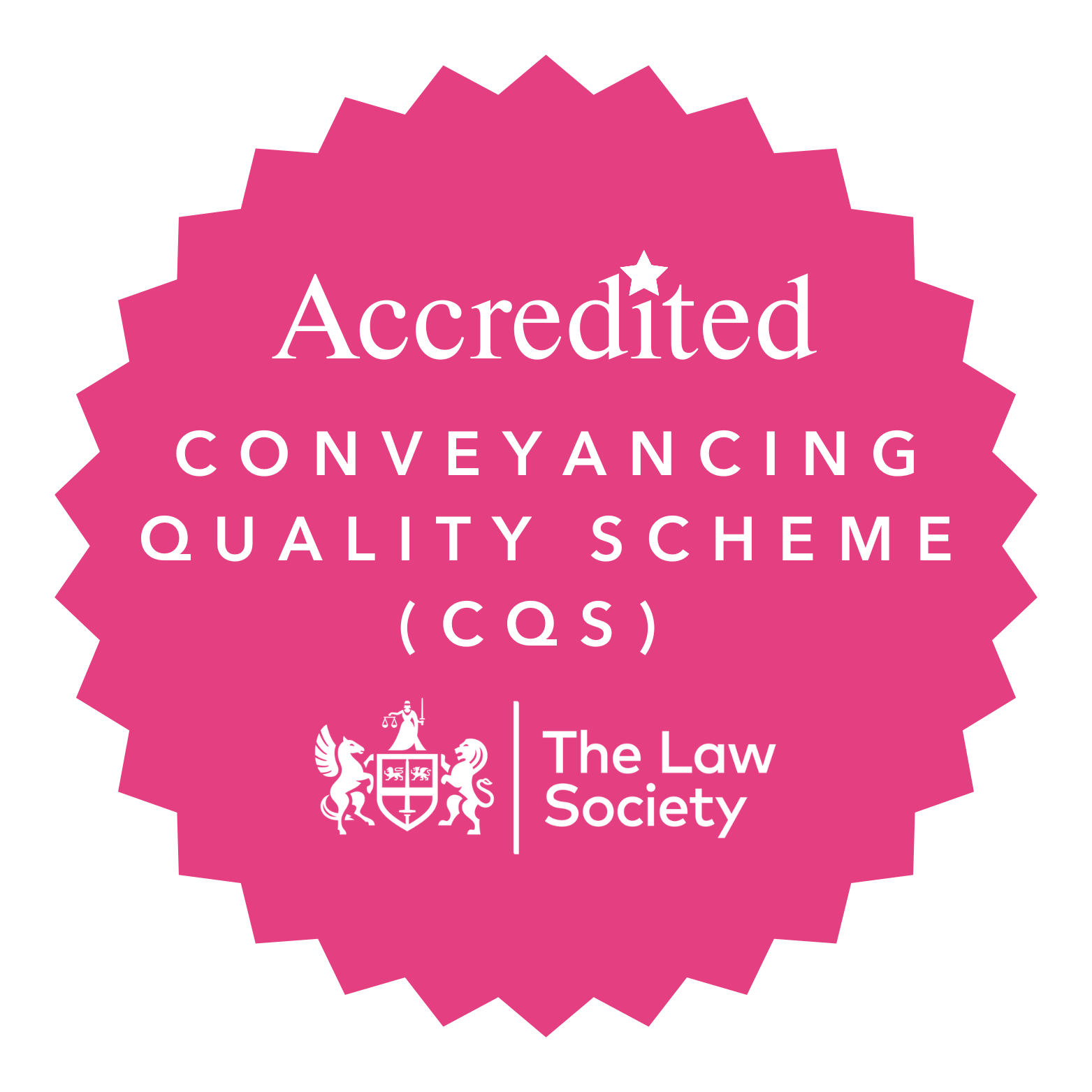Could Reviewing Your Will Save You Inheritance Tax
The Finance Act 2008 introduced a major change to the way inheritance tax operates for married couples (or those in Civil Partnerships) in England and Wales. Although the change is not recent, it appears that many people are not aware of it and the impact that it has on their inheritance tax liability.
Everybody has an amount that they can own (whether in property or cash assets) without inheritance tax being payable. This is known as the nil rate band (as the inheritance tax payable on the amount is at 0%). The current nil rate band is £325,000. Everything over the nil rate band may suffer inheritance tax at a rate of up to 40%.
Prior to 9 October 2007, where for example a husband died leaving everything to his wife, there would be no inheritance tax to pay as his estate would have been covered by the spouse exemption. When the wife subsequently died, her estate would include everything she had inherited from her husband. She would only be able to deduct her own nil rate band. This often meant that many relatively modest estates suffered inheritance tax at 40% on everything over the survivors nil rate band. The first spouse’s nil rate band had effectively been ‘wasted’.
To prevent the wasting of the first spouse’s nil rate band and to reduce the final tax liability, Wills were often drafted to include ‘discretionary nil rate band trusts’. A sum up to the nil rate band at the time would be left in the Will to be managed by trustees for the benefit of a number of family members which would normally also include the widow or widower of the testator. These trusts could be difficult to understand for the family and complicated to administer.
After 9 October 2007, where a husband leaves everything to his wife, not only will there be no inheritance tax to pay on his death but on his wife’s subsequent death her executors can claim his unused nil rate band to use against the estate in addition to her unused nil rate band. In most cases, where neither spouse made any chargeable gifts within the last 7 years of their life, there will be two full nil rate bands available meaning that the estate on the death of the second spouse would need to be worth more than £650,000 before inheritance tax is payable. Many families that would previously have suffered a charge to inheritance tax can now avoid it entirely.
The transferable nil rate band is available where a least one of the spouses dies after the 9 October 2007. It does not matter when the first spouse died. It is important to note though that the transferrable nil rate band has to be specifically claimed and in order to do this clear records need to be kept from the first death.
Post October 2007, the most tax efficient Will may be for spouses to leave everything to each other in the first instance with substitute provisions naming beneficiaries for the second death. If your current Will includes a nil rate band discretionary trust (and there are many in our strong room which still do), you may be able to greatly simplify your Will and potentially save future inheritance tax especially if the nil rate band is increased significantly in the future.
Please speak to myself or one of my colleagues in the Probate department who will be able to advise on what type of Will is most suitable for your financial and personal circumstances.
Related Articles
Recommended By The Legal 500 Directory*
*We are recommended for the following practice areas: Corporate and Commercial, Debt Recovery, Employment, Personal Injury: Claimant, Agriculture and Estates, Contentious Trusts and Probate, Family, Personal Tax, Trusts and Probate & Commercial Property.
ServicesContact
















